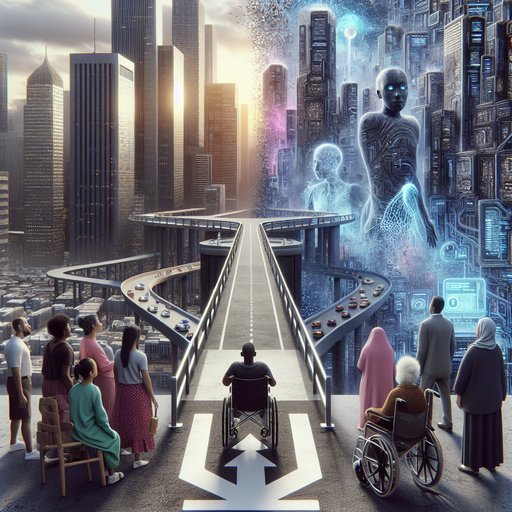
In a stunning unraveling of events, a Russian professional basketball player has been arrested on charges of orchestrating ransomware attacks across Europe. The arrest took place in France, adding a sensational twist to ongoing concerns about cybersecurity within major industries. This arrest shines a spotlight on the intersection of sports and cybercrime, as the player stands accused of engaging in malicious digital activities that contradict his public persona. Meanwhile, legal representatives argue the player’s naivety around technology, emphasizing the complexity of the cybercrime landscape [3].

Yesterday, Apple made headlines by announcing an advanced AI model integrated into the Apple Watch, designed to detect a broad spectrum of health conditions. The model was developed using vast datasets acquired from the watch's behavioral tracking capabilities, which is lauded for its precision and broad utility. It stands to revolutionize how wearable technology can aid in preemptive health care by predicting issues before they become critical, potentially transforming personal health management.

In a transformative shift for global renewable energy prospects, China's commitment to solar and wind energy has become a watershed moment. Recent reports reveal that a staggering 74% of all solar and wind projects currently under construction worldwide are located within China [1]. This impressive endeavor underscores China's strategic positioning at the forefront of the green energy revolution, potentially setting new benchmarks for international efforts to tackle climate change.

As the semiconductor industry continues to thrive, bolstered by an impressive leap in AI-related investments, companies are confronting both opportunities and challenges. AMD has recently alerted the tech community about vulnerabilities in their chipsets, which companies are keenly working to manage. Meanwhile, Taiwan Semiconductor Manufacturing Co. (TSMC) has reported a remarkable 39% increase in revenue, showcasing the robust expansion driven by AI technology investments despite potential disruptions in copper supplies that threaten long-term production stability.

In a significant move towards the future of mobile communications, SoftBank, in collaboration with Nokia, has begun outdoor testing of the 7GHz band for 6G services in Japan. This marks the first time a Japanese telecommunications provider has ventured into such territory, potentially setting the stage for a new era in mobile connectivity. The announcement on July 8 positions SoftBank as a leader in the race for 6G development, leveraging centimenter-wave technology to explore uncharted potential in wireless communication.

In a surprising and engaging turn of events, the James Webb Space Telescope (JWST) has uncovered a baffling cosmic phenomenon involving the distant dwarf planet, Quaoar. Contrary to prior astronomical expectations, Quaoar lacks an atmosphere while possessing rings that defy current scientific understanding. This discovery has ignited scientific curiosity and academic debates as it challenges conventional planetary science models, offering a tantalizing glimpse into the universe's enigmatic complexity. The observations were revealed at the American Astronomical Society meeting, prompting a reevaluation of the physical properties governing such celestial bodies.

In recent advancements that promise to reshape the landscape of quantum technology, physicists at Aalto University in Finland have reached a new landmark in qubit coherence, and neutral atom quantum computers are gaining significant traction in the market. Additionally, a new system offering a solution to the single-program limitation of quantum computers marks another leap forward. These milestones, each marking a critical juncture in the quantum computing timeline, highlight the progress and ongoing evolution within the industry.
In a groundbreaking experiment, researchers discovered that ChatGPT, an AI model primarily known for its language capabilities, can also adeptly pilot a spacecraft. This unexpected outcome, revealed through a recent contest, has opened new avenues for artificial intelligence applications within the space exploration sector [2]. As AI continues to expand into diverse fields, the potential for its role in autonomous systems like spacecraft is becoming increasingly evident.

A pioneering advance in gene therapy may herald hope for millions affected by hereditary deafness. Scientists have developed a one-time injection method that can effectively restore hearing within weeks, according to a recent study. This breakthrough taps into the remarkable potential of gene editing techniques to repair defective genes responsible for hearing loss. Perhaps most strikingly, the therapy illustrates the broader capabilities of modern genomics to tackle complex health issues previously deemed untreatable.

A recent data breach has resulted in the exposure of over 26 million resumes from a leading CV-making platform. The leak, which was attributed to an unprotected Azure Blob container, has left millions of job seekers vulnerable to potential misuse of their sensitive personal information. This incident highlights the critical need for strengthened data protection measures to safeguard user information and prevent similar breaches in the future.
























